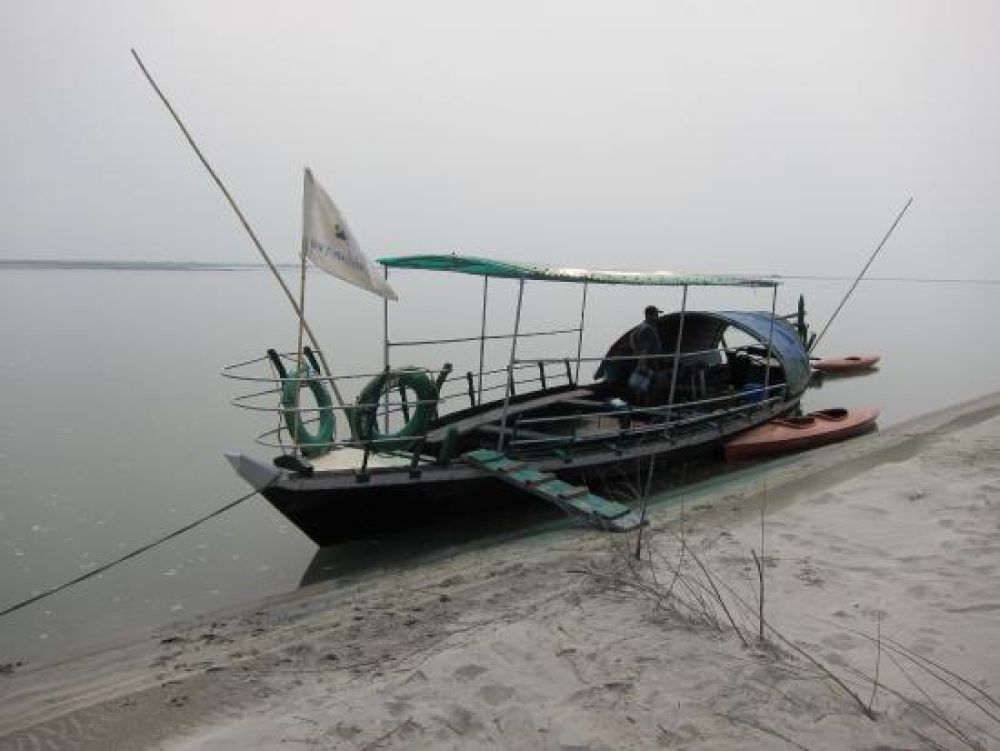

The district of Tinsukia in Assam is a hidden gem of Northeast India, replete with abundant natural beauty and cultural richness. Among its various attractions, the majestic Rukmini Island has emerged as a unique spot for local and international tourism, though its history is far from conventional compared to other popular destinations.
Unlike the centuries-old historical sites that India is famous for, Rukmini Island, also known as Rukmini or Umananda Island, did not have a long-standing history as a significant tourist destination. The development of this small river isle into a tourism hub is relatively recent. The tourism boom in this area is closely associated with the conservation efforts of the river dolphins in the Brahmaputra as well as the beauty of the region that includes the Dehing Patkai Wildlife Sanctuary and the Maguri-Motapung Wetlands.
Tourism Growth: The serenity of Rukmini Island and its untouched flora and fauna have caught tourists' interest in the past few decades. With the state government's and various non-profit organizations' efforts to promote eco-tourism, Rukmini Island has witnessed substantial growth as a destination for those seeking a blend of adventure and tranquility.
The minimal human intervention has maintained the sanctity of the island’s ecosystem. Tourists can explore the lush greenery and possibly catch a glimpse of the exotic wildlife, including rare birds and the Ganges river dolphin, which is a focal point of attraction. Engaging in bird-watching or simply unwinding by the serene riverside has become a sought-after experience.
Eco-Tourism: Following global trends, eco-tourism has become increasingly popular on Rukmini Island. Sustainable practices are being emphasized to ensure the beauty of the island remains unspoiled for future generations.
Adventure Activities: Besides the tranquil exploration, adventure activities like river rafting and angling have started to become popular, drawing a more diverse group of tourists to the region.
Cultural Experiences: Immersive cultural visits to nearby tribal villages and tea estates have become an integral part of the tourism offerings, helping visitors understand and appreciate the local lifestyles and the rich cultural tapestry of Assam.
Making Connections: Social media and digital marketing have also played pivotal roles in introducing Rukmini Island to potential travelers. The use of platforms like Instagram has highlighted the island's picturesque landscapes and rich biodiversity, creating a buzz among nature enthusiasts and photography aficionados.
Tourism on Rukmini Island is a growing segment of Assam's economy that respects the natural environment and contributes to the local communities. As a relatively new point of interest, the island beckons travelers with its blend of adventure, serenity, and cultural immersion.